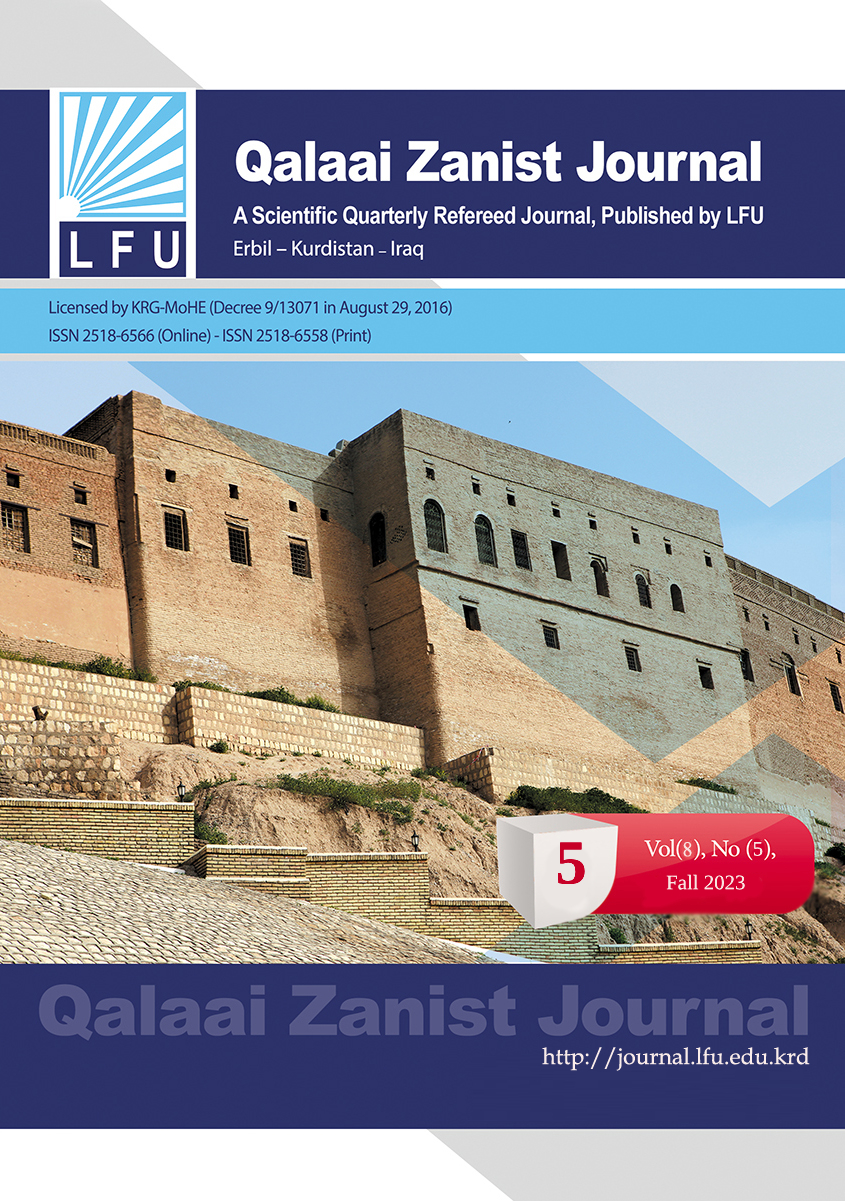A Stylistic Approach to Nabokov’s Lolita
##plugins.themes.bootstrap3.article.main##
Abstract
The study attempts to explore the linguistic aspects that are manipulated in Nabokov‘s Lolita, and it aims at determining how the linguistic system alleviates one of the most deviant minds in literary fiction. Thus, the present paper adopts a theory of linguistics to investigate the construction of the character-narrator‘s mind style.
This paper undertakes a qualitative linguistic analysis for selected several extracts from the novel Lolita (1955) by Vladimir Nabokov.
The work provides a thorough examination of transitivity patterns in the text. It also challenges Mills‘s (1995) generalization of romance scenes in narratives. The work concludes that there are other cases, like Lolita, in which the female has an active role in the romantic process and the male is a passive recipient of love.
The study also reaches the conclusion that the linguistic structure used in Lolita to represent the paedophilic mind is the possible tool to mitigate and rationalize Humbert‘s eccentric mind style in the course of the novel.
Downloads
##plugins.themes.bootstrap3.article.details##
How to Cite
Copyright (c) 2024 Mohammed Abdullah Kareem

This work is licensed under a Creative Commons Attribution 4.0 International License.

